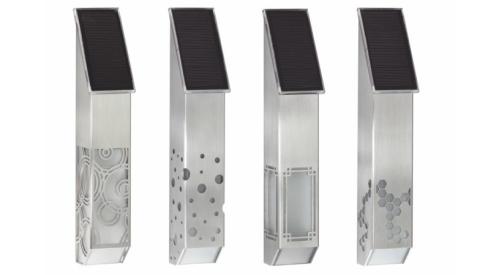Think about these fun facts:
#1 Indianapolis ranked first in Apartments.com and CBCampus.com’s annual list of best cities for college grads. The ranking is based on concentration of young adults, job prospects and average monthly rent for a one-bedroom apartment — $625 in Indianapolis.
77% Green product certification’s a go according to 77 percent of respondents in the American Architectural Manufacturers Association Green Building Survey. They said a product-based green certification program would benefit the product-selection process.
69% Average national impact fees per home rose from $13,441 in 2003 to $22,759 in 2008, a 69 percent increase, according to Development Planning and Financing Group. One reason for the spike: the tiered system used to determine impact fees (measured by a home’s square footage or number of bedrooms) is increasing dramatically.
50% Forget finding Nemo: more than half of Americans reported to American Standard they witnessed at least one attempt to flush items — think goldfish, false teeth, socks, hamsters, toy cars and even shoes — down the toilet.
200 More than 200 single-family homes, remodeling projects and developments have received National Green Building Certification, according to the NAHB. And that doesn’t even include the 300-plus scheduled for inspections.
2,671 megawatts Last year, Texas installed 2,671 megawatts of new wind power capacity, the largest amount in the U.S., reports the American Wind Energy Association. More new wind capacity was added in Texas last year than in any country except China and the U.S.
9% Employer health care costs could rise 9 percent next year, a new report from PricewaterhouseCoopers found. One of the suspected reasons: employees who fear they might lose their job are using their health insurance while they have it.
45% About 45 percent of 70 to 75-year-olds are using the Internet, compared with 26 percent in 2005, the Pew Internet & American Life Project has found. Unlike Generation Y, which regularly uses the Internet for socializing and entertainment, older generations use the Internet as a tool for information searches, e-mail and to shop.












